Search
Search Results
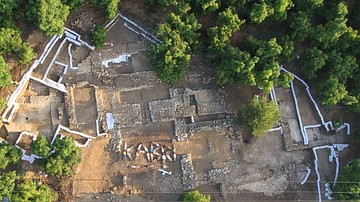
Article
Archaeological Excavations at Tel Kabri
Tel Kabri is an archaeological site in northwestern Israel that is best known as the location of one of the largest palaces in Canaan in the Middle Bronze Age or "MB" (ca. 2,000–1,500 BCE). Although Tel Kabri reached the height...
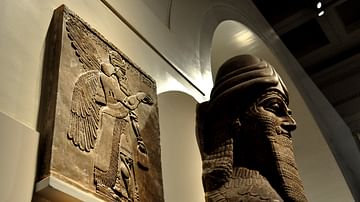
Article
Wall Reliefs: Apkallus of the North-West Palace at Nimrud
Religion is the sigh of the oppressed creature, the heart of a heartless world, and the soul of soulless conditions. It is the opium of the people. (Karl Marx, Critique of Hegel's Philosophy of Right). When it comes to religion...
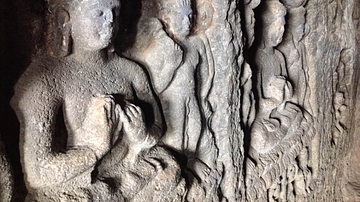
Image
Wall Carving, Ajanta Cave Complex
Wall carving in one of the inner caves of the Ajanta cave complex, an ancient Buddhist monastery and UNESCO World Heritage Site located in the Aurangabad District of Maharashtra, India. Originally built in approximately the 2nd century...
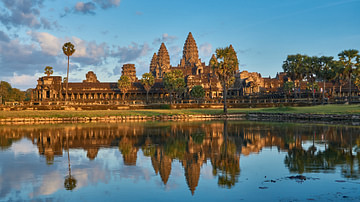
Image
Angkor Wat Temple Complex
Angkor Wat temple complex, Cambodia.
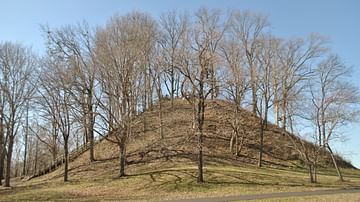
Definition
Pinson Mounds
The Pinson Mounds are a State Archeological Park in Madison County, Tennessee, USA enclosing a prehistoric Native American religious site comprising earthen mounds built during the Middle Woodland Period (c. 200 BCE - 500 CE). Although there...
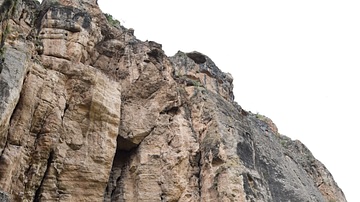
Definition
Areni Cave
The Areni Cave is a multicomponent cave site with artifacts dating from the Chalcolithic to the Bronze Age. In Armenia, the Areni Cave complex is also known as "Birds' Cave" ("Trchuneri" in Armenian). Located near the...
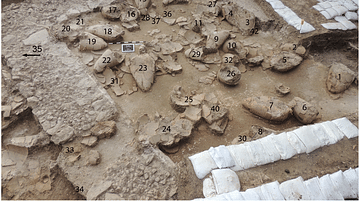
Definition
Tel Kabri
Tel Kabri is an archaeological site in the Western Galilee in northwestern Israel and the location of one of the largest palaces in Canaan in the Middle Bronze Age or "MB" (c. 2,000–1,500 BCE), the period in which Tel Kabri...
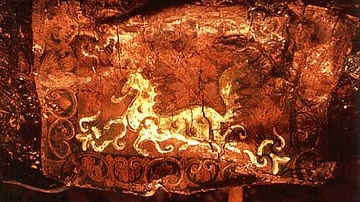
Definition
Cheonmachong
Cheonmachong is a 5-6th-century CE royal tomb of the ancient Silla kingdom of Korea located at the Daereungwon Tomb Complex in Gyeongju. It is popularly known as the 'Heavenly Horse Tomb' because of a painting of that animal on a birch-bark...
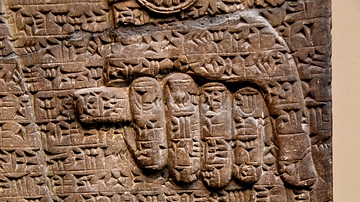
Image
Flowering Branch Held by an Apkallu, Door C
Alabaster bas-relief detail showing an Apkallu holding a flowering branch. Neo-Assyrian Period, 865-860 BCE. Detail of Panel at Door C (number 2), Room S, the North-West Palace at Nimrud, modern-day Iraq. (The British Museum, London)
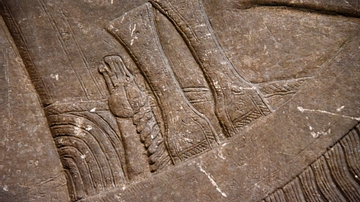
Image
Apkallu's Daggers, Door C
Alabaster bas-relief detail showing the daggers of an Apkallu. Neo-Assyrian Period, 865-860 BCE. Detail of Panel at Door C (number 2), Room S, the North-West Palace at Nimrud, modern-day Iraq. (The British Museum, London)